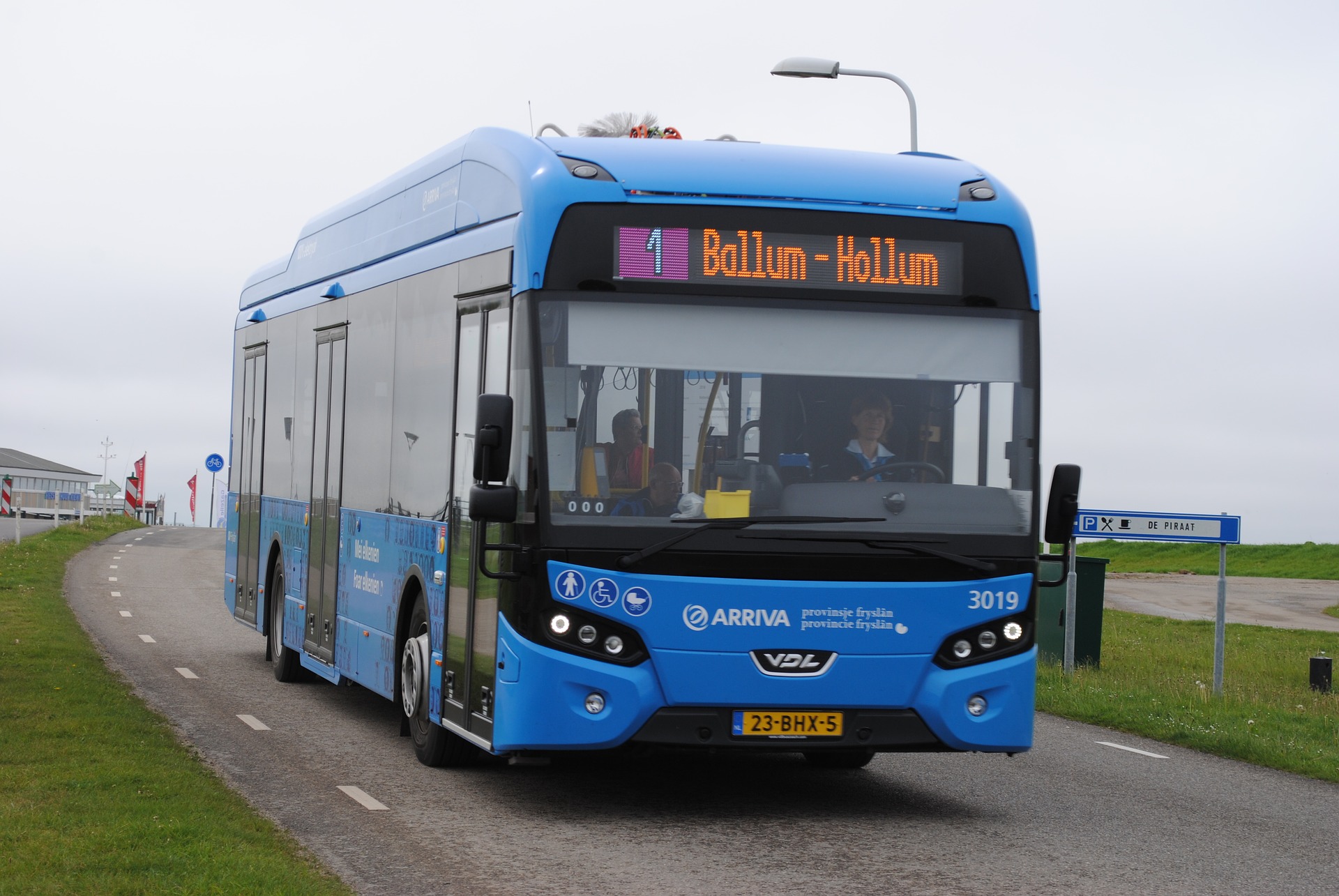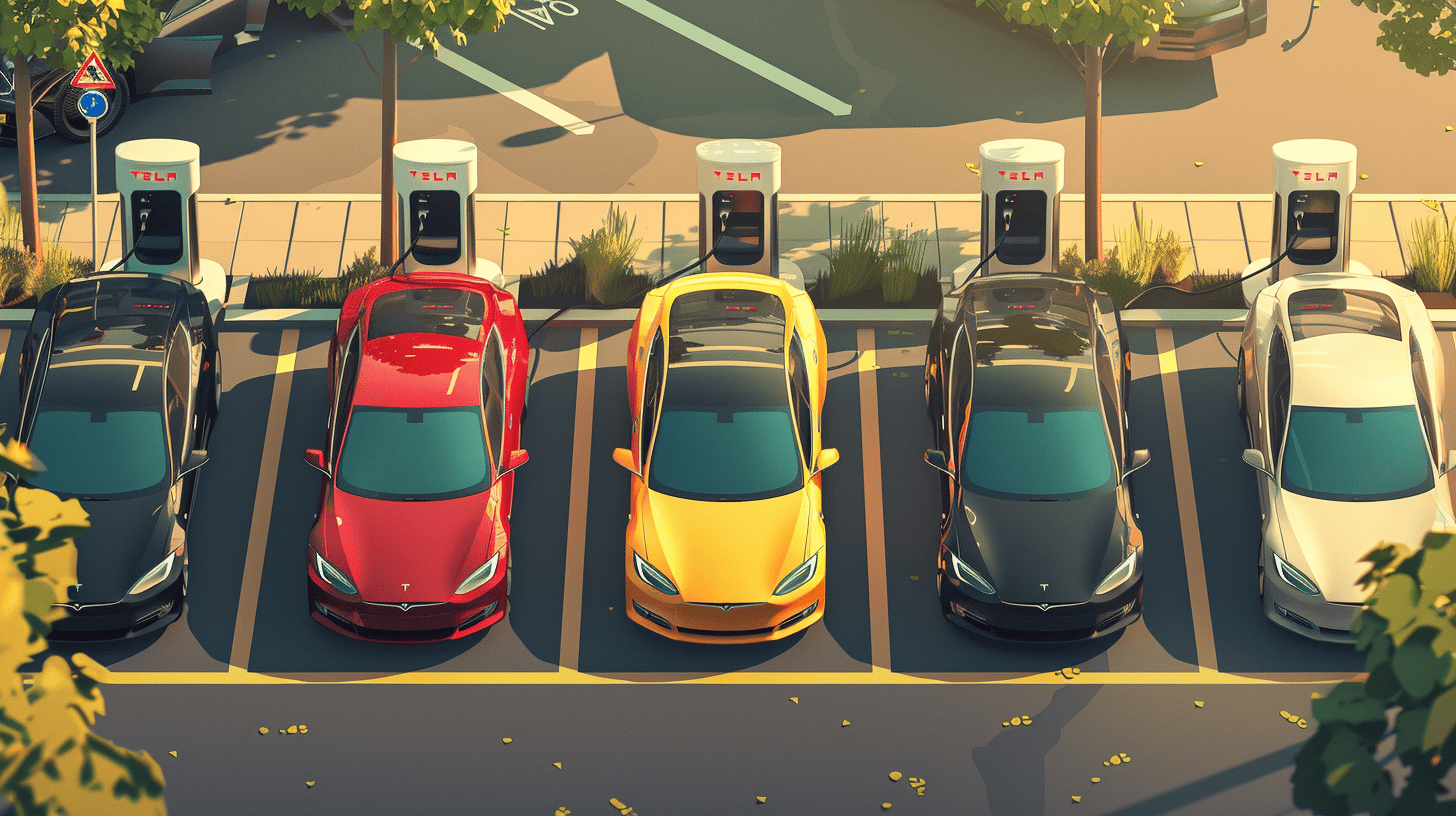
A research team from the University of Coimbra (UC) has developed an intelligent model that allows optimising the charging of electric bus fleets by 30 to 40 percent, reducing operation costs and increasing batteries’ life cycle, writes the Portuguese university in a press release.
The study, already published in the journal “Energy“, was carried out at the Institute for Systems Engineering and Computers at Coimbra (INESC Coimbra) of the University of Coimbra and funded by the Portuguese Foundation for Science and Technology (FCT).
Strengthening the grid
The authors of the model, Jônatas Augusto Manzolli, João Pedro Trovão and Carlos Henggeler Antunes, explain that the decarbonisation of public transport is essential to increase energy efficiency, mitigate climate change and reduce urban pollution. However, “there are still challenges to overcome to enable the mass adoption of these vehicles in cities, namely infrastructure and operational limitations. Currently, the electric grid is not prepared for total electrification of public transport. Therefore, it is necessary to find solutions that overcome these obstacles”.
The model developed by the three researchers from INESC Coimbra proposes a mixed approach by considering the trading of energy to the grid through V2G (vehicle to grid) technology and the degradation of batteries.
Batteries degradation taken into account
What is different about this model is precisely the fact that it considers the degradation of batteries, point out Carlos Henggeler Antunes and João Pedro Trovão, also professors at the Faculty of Sciences and Technology at the UC (FCTUC) and the Polytechnic Institute of Coimbra (IPC), respectively: “the main novelty of the model is that it includes a battery ageing structure to assess degradation costs, which allows the life cycle of batteries to be extended. Not all vehicles need to be fully charged to operate on a daily basis. This is relevant as it reduces the total cost of charging and helps to improve the life cycle of batteries”.
To evaluate the effectiveness of the model developed, the researchers conducted a case study using real data from the fleet of electric minibuses circulating in the city of Coimbra. Several analyses were performed to understand how the model would operate optimally in fleet management.
Considerable improvement
The results obtained show that, “comparing the worst possible scenario – for example, charging the fleet at the time when energy is most expensive, as well as charging all the buses at the same time, without any type of planning – there was an improvement of between 30 and 40 percent with the model developed. This is a very high percentage, thus showing that, if the charging is properly coordinated, the cost reduction is quite significant”, highlights Jônatas Augusto Manzolli, first author of the scientific article and student of the PhD programme in Sustainable Energy Systems at the UC.

The team also carried out sensitivity analysis tests to assess the possibilities of trading energy with the grid, and found that it would not be currently advantageous, but in the near future it could be economically profitable. The researchers explain that the system evaluates the “possibilities of energy trading with the grid considering battery replacement price scenarios and electricity price variations. Looking at battery degradation and energy selling, our study indicates that in 2030, operating costs could be 38% lower. The approach presented in this study provides a tool that can be employed by public transportation operators to assist decision making in the electrification of bus systems.”
The scientific article “Electric Bus Coordinated Charging Strategy Considering V2G And Battery Degradation” is available here.
Selected for you!
Innovation Origins is the European platform for innovation news. In addition to the many reports from our own editors in 15 European countries, we select the most important press releases from reliable sources. This way you can stay up to date on what is happening in the world of innovation. Are you or do you know an organization that should not be missing from our list of selected sources? Then report to our editorial team.





